
Mutually reinforcing factors led to soaring food insecurity in 2020: 2021 Global Report on Food Crises Released
The number of people around the world facing severe food insecurity skyrocketed by 20 million in 2020, according to the 2021 Global Report on Food Crises, released today. Acute food insecurity now affects at least 155 million people across 55 countries/territories, with some regions facing famine-level hunger. In light of these soaring numbers, the UN Sustainable Development Goal (SDG) of zero hunger by 2030 seems to have gotten further from reach.
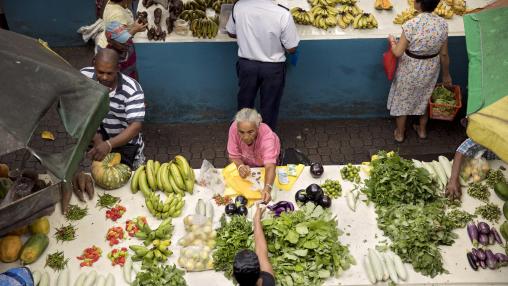
COVID-19 pandemic offers rare chance for food systems transformation
The COVID-19 pandemic has caused unprecedented disruptions of social interactions, affecting both the supply and demand for food. These disruptions to jobs, income and food supply magnified and exacerbated existing inequalities. While the emerging urban middle class suffered greater income losses, the poor and vulnerable in rural and urban areas experienced the worst livelihood impacts. Many social programs, including cash transfers, nutrition and education were interrupted, delayed, or halted, setting back decades of process in reducing poverty, hunger, malnutrition and illiteracy.
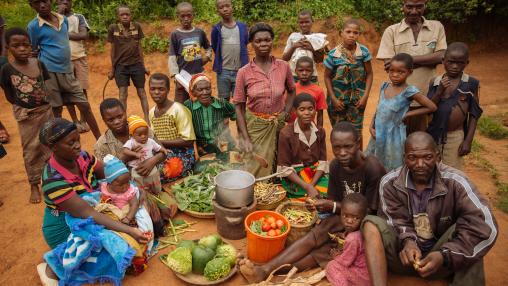
Measuring Food Loss and Waste: Post-harvest Loss Surveys
Reducing food loss along the entire value chain can play an important role in improving global and local food security. However, accurate, standardized definitions and measurements of food loss have proven elusive. Without being able to properly understand the scope of the problem, policymakers and researchers will find it difficult to enact effective policies to address it. Two recent studies from researchers at IFPRI, KU Leuven, and UN FAO aim to improve the way food loss are studied and measured in order to provide a clearer policy roadmap.
Food loss is important
Evolving factors shaping trade in agriculture and food
Agricultural trade is shaped by geopolitical, geo-economic, social, and cultural trends. These can lead to more or less globalization, but which is better for agriculture and food security? International trade in food favors production in the most efficient regions, a factor of growing importance as we tackle the escalating impacts of climate change. Recent experiences during the food price spikes of 2007/08 and 2010/11, and more recently during the COVID-19 pandemic, have encouraged some countries to promote self-sufficiency measures or institute export restrictions.
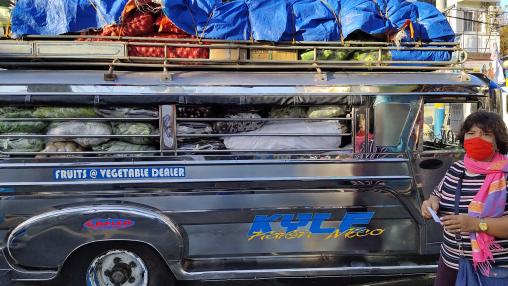
Global poverty increased in face of COVID-19: 2021 Global Food Policy Report Released
The COVID-19 pandemic and the associated policy responses have had wide-ranging impacts across the globe in terms of health, food security, incomes and livelihoods, and access to critical services. According to the 2021 Global Food Policy Report (GFPR), released this week by IFPRI, COVID-19’s effects have moved the world further away from achieving the Sustainable Development Goals (SDGs) by 2030.
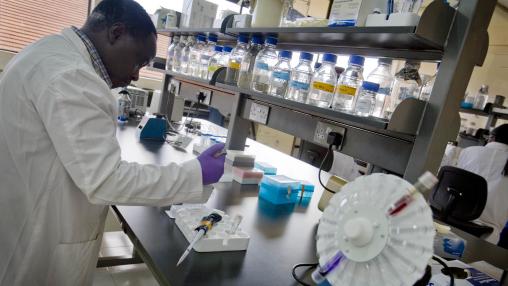
Ending Hunger by 2030: Policies and Costs
The number of undernourished people around the world rose from 653 million in 2015 to 690 million in 2019. According to a recent policy brief produced for the Food Systems Summit, more than 840 million people could suffer from by 2030, putting Sustainable Development Goal 2 – the eradication of hunger and malnutrition by 2030 – in serious jeopardy.
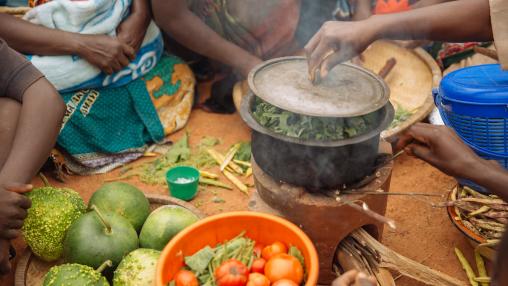
Policies are crucial for food system transformation
Food systems hold the key not only to food security, but also to plant, animal, and human health, as well as environmental sustainability. The United Nations (UN) will hold its first ever UN Food Systems Summit in Sept. 2021, since the transformation of food systems is now seen as one of the most impactful approaches to meeting all 17 Sustainable Development Goals.

COVID crisis is fueling food price rises for world's poorest
Over the last year, COVID-19 has undone the economic, health and food security of millions, pushing as many as 150 million people into extreme poverty. While the health and economic impacts of the pandemic have been devastating, the rise in hunger has been one of its most tangible symptoms.
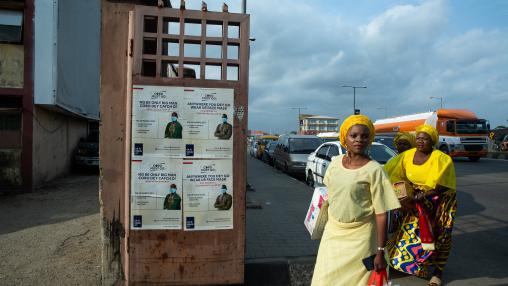
How should we measure food security during crises? The case of Nigeria
High-frequency monitoring of access to food has become especially important during the recent COVID-19 pandemic. Food access in Nigeria, and across the globe, has significantly worsened since the start of the pandemic due to significant disruptions to food supply chains and widespread loss of income. Poor access to food can have both short- and long-term impacts on health and wellbeing and is thus an important targeting criteria.
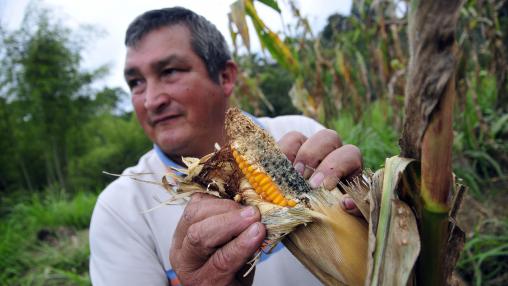
December gains drive FAO Food Price Index to three-year high
Food prices, as reflected in the FAO Food Price Index, rose to a three-year high in 2020. While the Index closed the year 3.1 percent higher than 2019, however, it remained well below the peak seen in 2011.
In addition to this year-on-year increase, the December Food Price Index also showed a rise of 2.2 percent from November. This marked the seventh straight monthly increase in food prices.